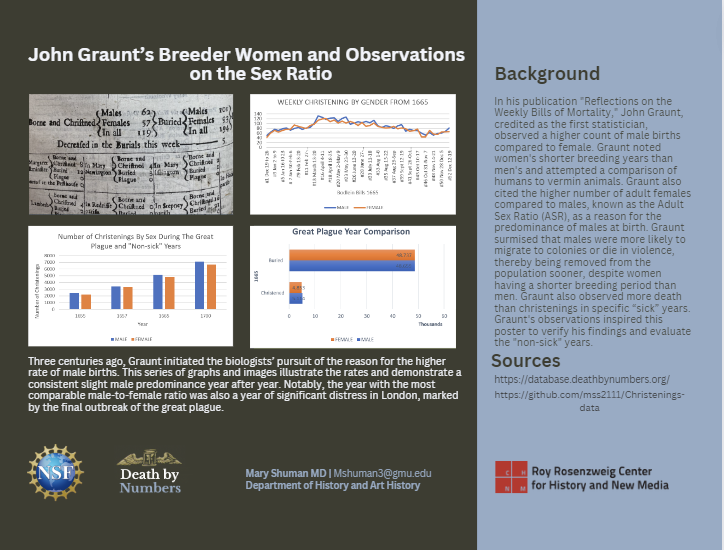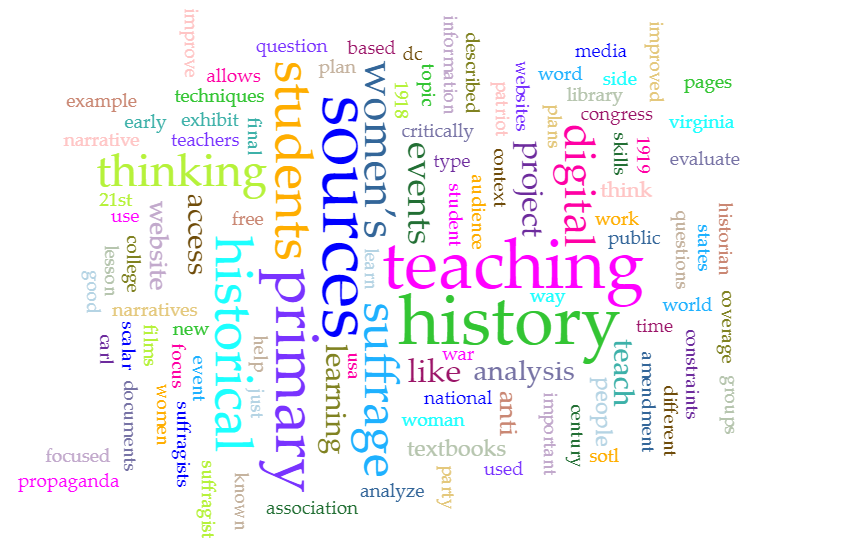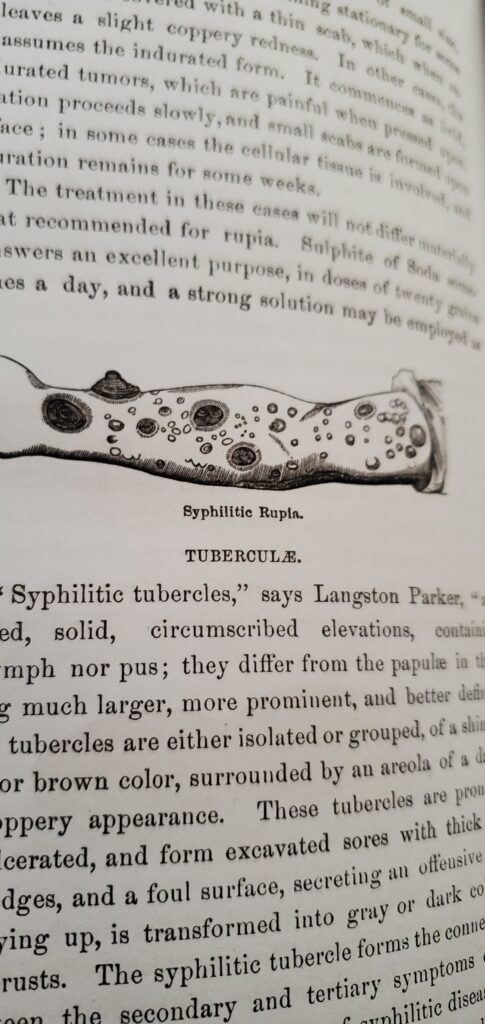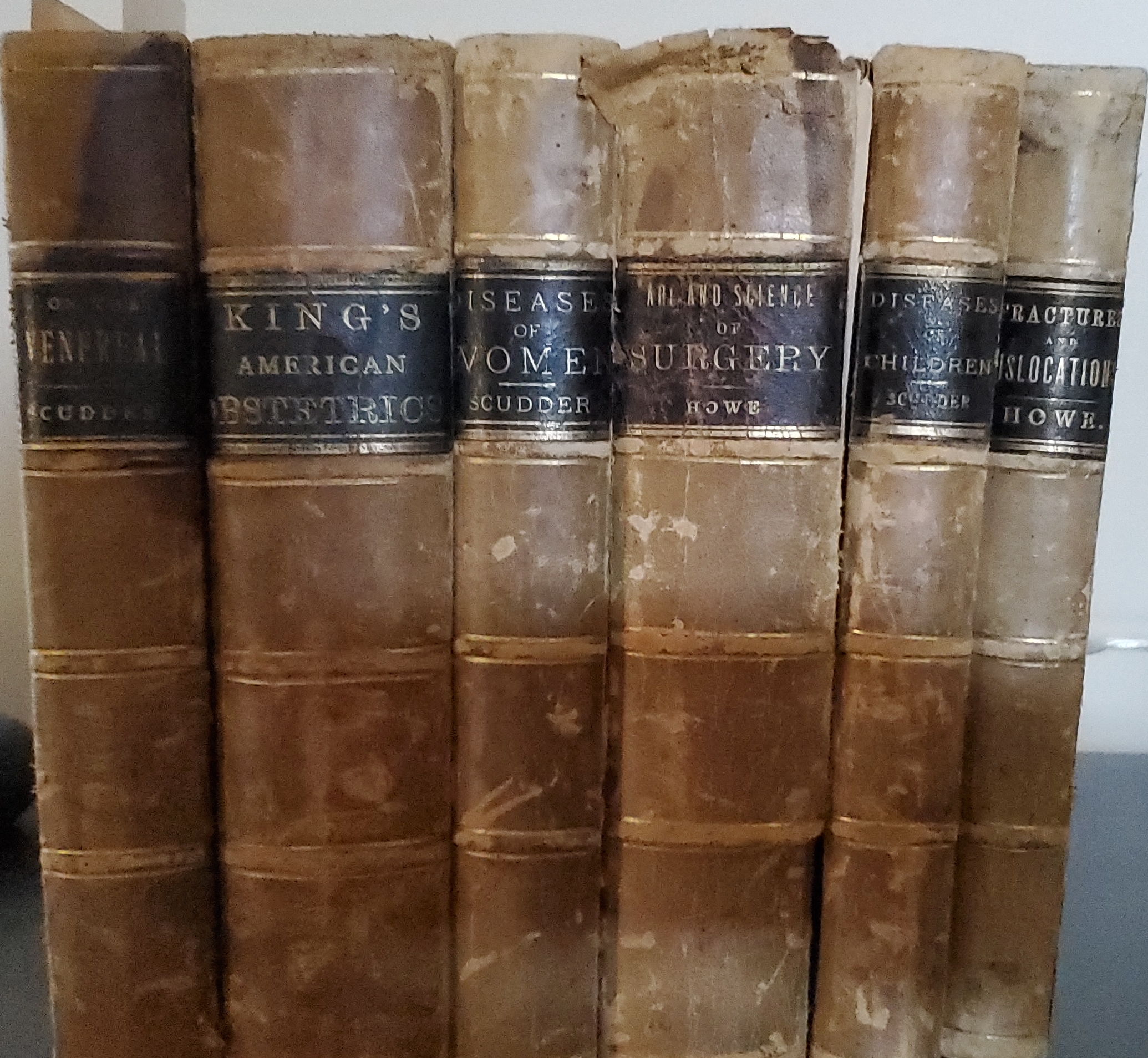On a street corner of a historic block in Fredericksburg, Virginia, is the museum dedicated to James Monroe, the fifth president of the United States. Upon entry through an iron gate into a walled brick garden with the focal point of a black marble bust of James Monroe, you immediately step into a sense of presidential regal space from the early 19th century. The museum is located in a historic area of Fredericksburg where James Monroe practiced as a lawyer. The entrance to the brick building is a tiny foyer with a gift shop and two docents from the University of Mary Washington who were there at the time of my visit. The museum’s layout is easy to navigate; the main room is an overview of James Monroe’s life, floor to mid-wall posters about different segments of his life on each wall. Then there are three small rooms, divided by period, one for the revolutionary war, one for his time in France, and the White House.
The primary audience for the museum is a general audience and tourists that come to visit Fredericksburg, Virginia. The University of Mary Washington runs the museum, and there was no one else in the museum at the time of my visit to evaluate any other types of visitors. The museum is on the Fredericksburg trolley tour. This indicates that the target audience is the general public. The museum encourages traffic flow to its first extensive overview, “James Monroe, An American Life.” This central open room with books behind glass represents the large number of books collected by his descendants to reflect James Monroe’s library. The website has a link to books in his actual collection, and it would have been helpful to have a QR code by the books to link to this. The docent states they have thirty-five books that belonged to James Monroe specifically but not highlighted nor known behind the glass which books were his. I found that disappointing as a historian but doubt the general public would care.
One part of the main room has a more significant display case and material object area that includes clothing worn for the period and a beautiful gown worn by the first lady. There used to be an area where children could dress up in apparel as young revolutionaries, but it is now gone due to covid. The docent directs that the following rooms are somewhat color-themed, and then you go to three smaller rooms, in order of his life from the revolutionary war to his ambassador years in Paris, then the WhinrteHouse. The museum has tiny QR codes next to specific artifacts that lead to quizzes about James Monroe and Facebook videos about the material objects, called Chatty history. It adds an interactive piece to this small museum but is limited to Facebook, which not all people have on their smartphones.
These are all permanent exhibits that I have described within the museum. The interpretation of James Monroe in this physical space feels distinctly like one of a founding father and glorification with no flaws. The museum poster installations on each wall had different parts of his life, and I wanted more interpretation of actual material artifacts in this one large room. Still, you can tell those decisions had to be made and limit objects due to the footprint of the small building. The books themselves take a lot of space in this room and one of the smaller rooms.
In the room about James Monroe’s revolutionary years, the highlight in this room for the historian is the first known document bearing his signature. Across the hallway, the next room includes a pianoforte, his desk that they think he wrote the Monroe doctrine, and beautiful furniture from the White House and Paris. A few objects from the enslaved and James Monroe’s role with the American Colonization Society are tucked away in the corner of one of the rooms. Interestingly, some of the wording about why James Monroe did not free his slaves due to financial hardship rang false after seeing the beautiful French furniture and jewelry in the next room. The placement of objects matters in the layout for interpretation. Overall, with its large posters explaining segments of his political life, the material cultural artifacts, and the multiple portraits, the museum feels like a regal presidential library with minimal room for historical discourse on James Monroe.
For the website, James Monroe Museum and Memorial Library – James Monroe Museum and Memorial Library (umw.edu), the University of Mary Washington has a layout with headers and drop-down links for the museum, exhibits, collections, news, research, and a 3d tour by Matterport that does an excellent job of capturing the actual museum.[1] However, the smell of old books cannot be recreated on a website. The physical museum has a quaint old building smell that screams history is housed here! Nevertheless, the website is significantly more detailed and interactive than the physical site.
You are more easily aware of the museum’s argument as on their mission statement page, and the claim is that this museum will show the context of his life within society. “James Monroe Museum and Library is dedicated to the study, interpretation, and presentation of the life and times of the fifth President of the United States.”[2] The keyword in this mission statement is interpretation. There is very little discourse about James Monroe in society that is not complimentary in all contexts of his life. The website has a specific teaching section for lesson plans and student learning that dramatically expands the utility. The audience is also researchers, as the website leads to a request page to access the collection from the curator.
The website for the museum has a flow into the different headers for sequential access to the museum exhibit, then to research links to blogs, YouTube videos, and multiple resources for students. While the museum website does have a professional virtual tour of the museum and images of material objects, I found that the section for teachers is the best part of the website. While the argument on the website and the museum is consistent with the vision of James Monroe as an essential president, and minimal controversial discussion, it took tenacious will for this reviewer to search through past video lectures and one lesson plan offered to get even a glimpse of his role in slavery or the American Colonization Society.
The website for the museum is produced by the University of Mary Washington, and it is more robust with links to James Monroe’s writings and even another digital history site of his papers. [3] If you are a museum purist, which I am not, the website is the clear winner over the physical museum. Considering the current initiatives by Glenn Youngkin, Virginia governor, to monitor historical teaching about slavery and race, this review may be a little overzealous in noting the deficiencies on the website for a more critical view of James Monroe. Highlights on the website were the links to videos buried in different menus. Curiously, there are extensive videos about the objects taken out of storage by curators that lead a dimension to the depth of the museum’s archives. Unfortunately, the website seems to have stopped being updated in the menu headers. The YouTube channel for the James Monroe Museum is more updated than the current website. I hope the University of Mary Washington releases new material here instead and continues updating information from James Monroe’s objects and legacy.
[1] Matterport. Capture, share, and collaborate the built world in immersive 3D (matterport.com). 2021
[2] University of Mary Washington. James Monroe Museum. “Mission and Vision Statement.” James Monroe Museum umw.edu). January 23, 2013.
[3] University of Mary Washington. “The Papers of James Monroe.” James Monroe Papers – Papers of James Monroe (umw.edu). 2015-2022.



